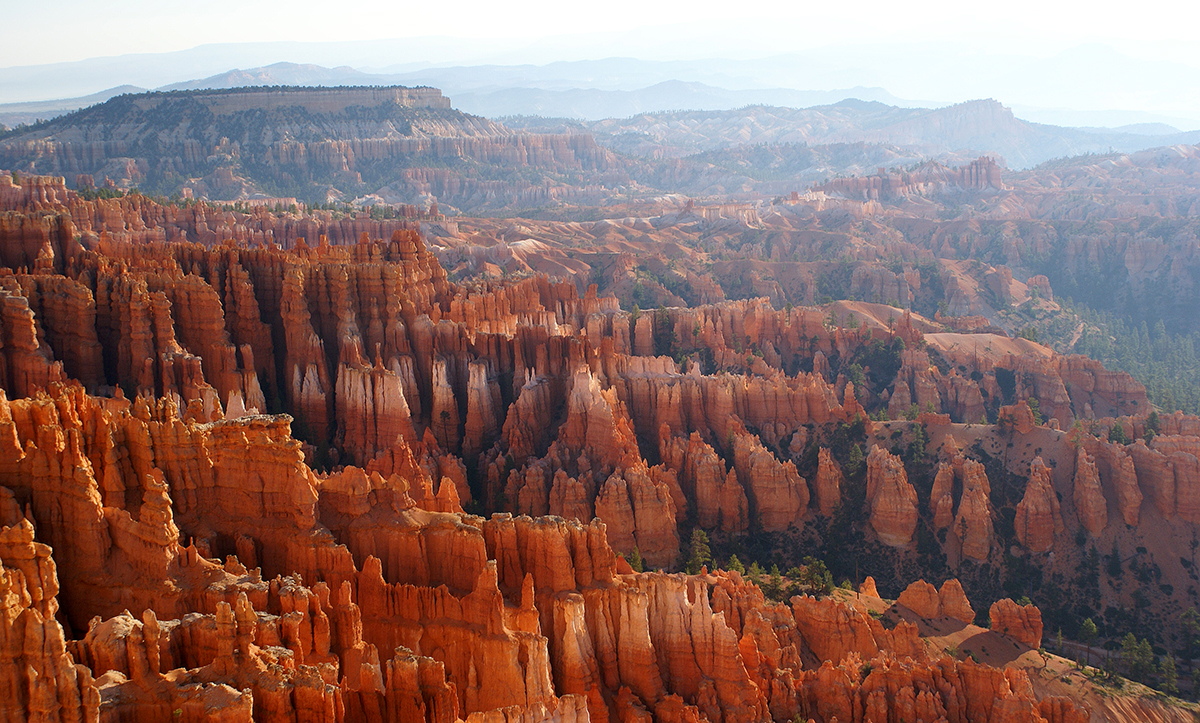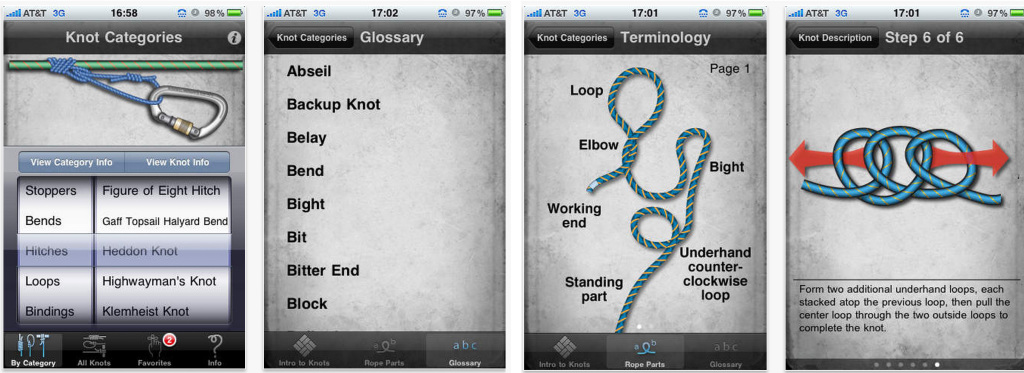Should Technology Be Off Limits in Nature?

A few years ago, I was hiking some canyons near Escalante, UT. My aunt-in-law wanted to show me some petroglyphs that were along the hike. It was a beautiful afternoon and the sun’s light was casting a gold hue on the already stunning red rocks. When we got to the large rock formation, this was the first time in my life that I’ve ever seen ancient writings in person. I was in awe. I wanted to capture this moment and share it with my friends so what do you think I did? I reached into my pocket and pulled out my trusty, cel phone. Getting the picture was easy. Trying to share it? Not so much. I barely had one bar with the dreaded “1X” that would flicker on and off depending on the way I contorted my body. At that moment, I had an amazing image and I wanted to share it with my friends. Was that too much to expect? Should technology be off limits in nature?
I came across an article on Skift titled, Yellowstone Park May Drastically Improve Mobile Connectivity by Matthew Brown. I chuckled when I read, that the Public Employees for Environmental Responsibility ”…Washington, D.C. advocacy group’s executive director, Jeff Ruch, warned that bumping up the park’s bandwidth will create more electronic distractions at the expense of the park’s natural wonders.” True, Yellowstone is a place of beauty and it’s one of my favorite national parks, but I believe that the number of ”technologically distracted” in Yellowstone will be very small. Why must skeptics of technology immediately think of the worst? Rather, why not take the opportunity to create something in line with technology that will encourage engagement with nature.
A good example of this is Columbia Sportswear Co.’s “What Knot to Do” app. This app helps with basic knot tying, all in the pocket of the user. No additional books or manuals to carry. 
Taking a queue from Columbia Sportswear, Yellowstone could create an app that provides more in depth information on the animals of the park. Using GPS, the app could identify where you’re at and then provide historical information of that location in real time. At the very least, the park could develop some marketing campaign for the use of hashtags and track what users are doing with mobile connectivity in the park.
Improving mobile connectivity in a national park can be a great thing. National parks can capitalize on branding opportunities that provides utility to the visitors. As far as we know technology is only going to become bigger and bigger and we must find ways to work with it. Not shy away from it.
Do you think technology should be off limits in nature?
